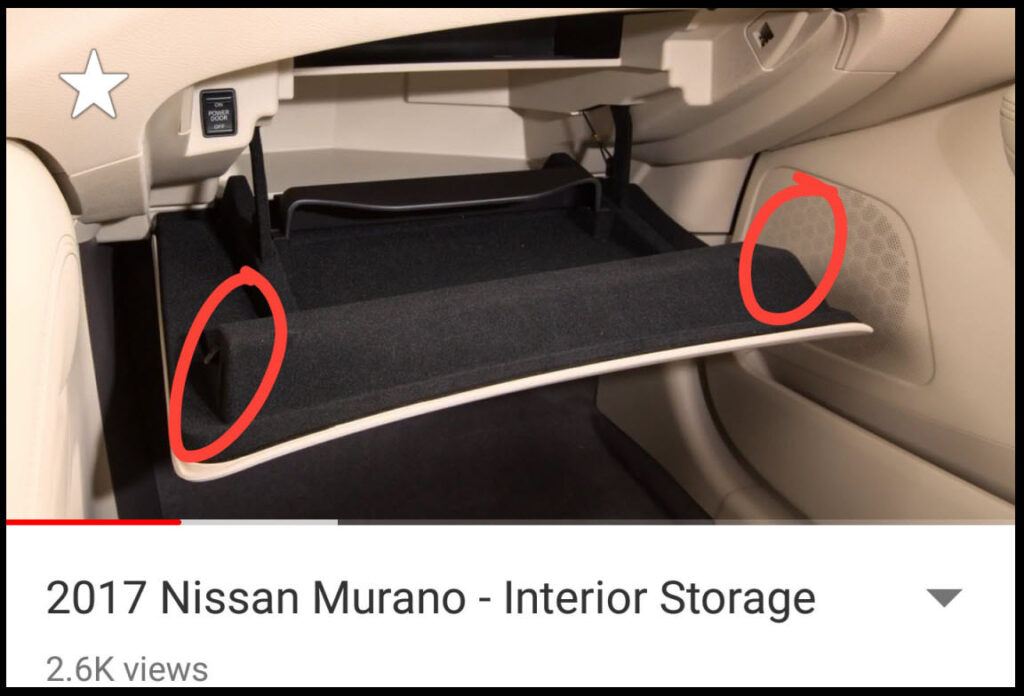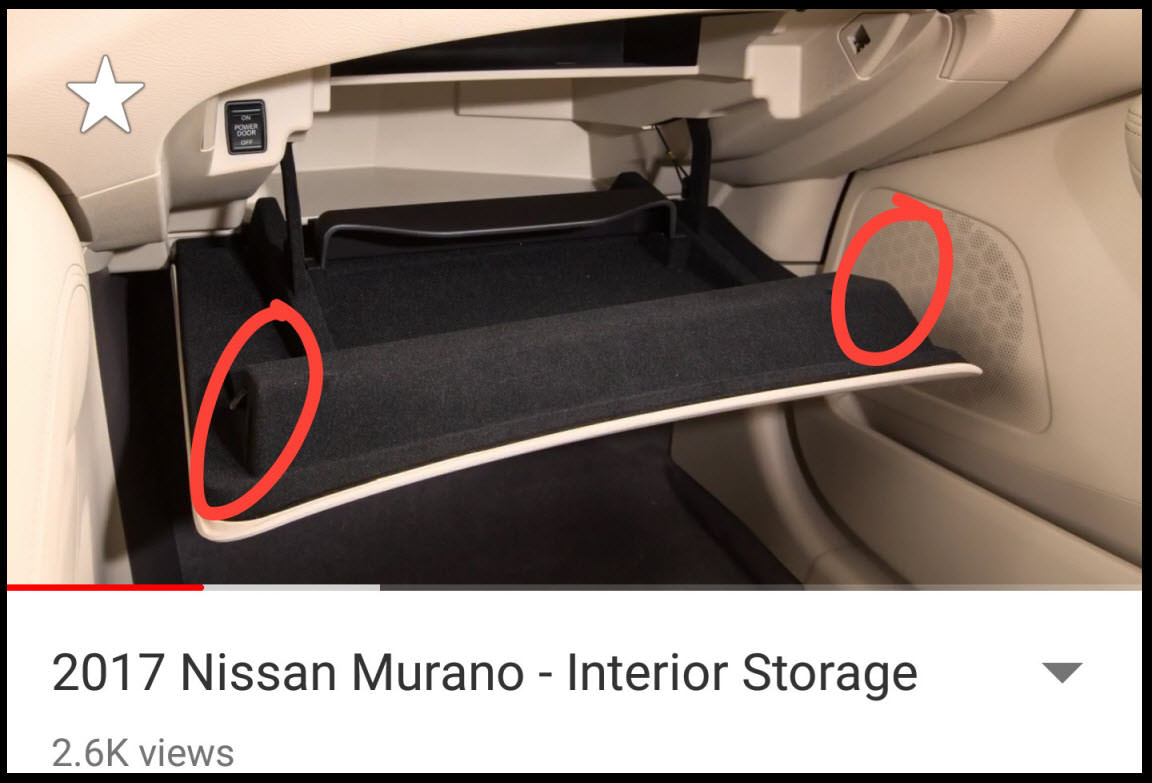
Removing Your Glove Box: A Step-by-Step Guide from Automotive Experts
The glove box, a seemingly simple compartment in your vehicle, serves a vital purpose. It’s the repository for essential documents, emergency supplies, and often, a collection of miscellaneous items. But what happens when you need to access components behind the glove box, or when the box itself needs repair or replacement? The answer: you need to know how to remove your glove box. This guide, crafted with insights from experienced automotive professionals, provides a clear, concise, and factually accurate walkthrough of the glove box removal process. Whether you’re a seasoned mechanic or a DIY enthusiast, this article will equip you with the knowledge and confidence to tackle this common automotive task.
Why Remove Your Glove Box?
Before diving into the specifics, it’s important to understand the reasons behind removing your glove box. This isn’t just a random act; it’s often a necessary step in a larger repair or maintenance procedure. Here are some common scenarios:
- Accessing HVAC Components: The heating, ventilation, and air conditioning (HVAC) system components are often located behind the glove box. Replacing a cabin air filter, repairing a blower motor, or addressing other HVAC issues frequently requires glove box removal.
- Dashboard Repairs: If you’re working on the dashboard itself, such as replacing gauges, repairing wiring, or accessing other dashboard-mounted components, the glove box often needs to be removed for better access.
- Glove Box Replacement: Perhaps the glove box door is damaged, the latch is broken, or the entire box needs replacing. Removal is the first step in this process.
- Installation of Accessories: Installing aftermarket accessories, like a dash cam or additional wiring, may require accessing the space behind the glove box for routing wires and making connections.
- Troubleshooting Electrical Issues: The glove box area often houses fuses, relays, and other electrical components. Accessing these for inspection or replacement might necessitate glove box removal.
Understanding the ‘why’ provides context and underscores the importance of mastering this skill. Now, let’s move on to the ‘how’.
Tools You’ll Need
The tools required for removing your glove box are generally straightforward and readily available. Having the right tools on hand will streamline the process and minimize frustration. Here’s a list of what you’ll likely need:
- Screwdrivers: A set of Phillips head and flathead screwdrivers is essential. The specific sizes will vary depending on your vehicle, so having a variety is recommended.
- Socket Set: A socket set, including a ratchet and various socket sizes, may be needed to remove bolts or screws.
- Trim Removal Tools (Optional but Recommended): These plastic tools are designed to pry off trim pieces without damaging them. They are invaluable for removing clips and fasteners.
- Work Light: A flashlight or work light is crucial for illuminating the often-dark space behind the glove box.
- Gloves (Optional): Wearing gloves can help protect your hands from sharp edges and dirt.
- Safety Glasses: Protecting your eyes from falling debris is always a good idea.
Before you begin, it’s always wise to consult your vehicle’s owner’s manual. It may provide specific instructions or diagrams relevant to your make and model. While the general principles of removing your glove box remain consistent across most vehicles, there can be variations.
Step-by-Step Guide to Removing Your Glove Box
Now, let’s get to the core of the matter: the step-by-step procedure for removing your glove box. Remember to work in a well-lit area and take your time. Patience is key.
- Preparation: Before you begin, ensure your vehicle is parked on a level surface and the ignition is turned off. Disconnect the negative (black) battery terminal to prevent any accidental electrical shorts. This is a crucial safety precaution.
- Locate and Remove Fasteners: The glove box is typically held in place by a combination of screws, bolts, and clips. Carefully examine the area around the glove box for these fasteners. They may be visible along the top, sides, and bottom of the glove box opening. Use the appropriate screwdriver or socket to remove the screws or bolts. Be sure to keep track of the fasteners, as you’ll need them when reinstalling the glove box.
- Remove the Glove Box Door (If Applicable): Some glove boxes have a separate door that can be removed before the entire box is removed. Check for hinges or other attachment points. Carefully detach the door by removing any screws or clips that secure it.
- Detach Wiring (If Applicable): Depending on your vehicle, there may be wiring connected to the glove box, such as the glove box light. Before removing the glove box completely, carefully disconnect any wiring harnesses or connectors. Take a picture of the wiring configuration for easy reassembly.
- Release the Glove Box: Once all fasteners and wiring are disconnected, the glove box should be ready to be removed. In some cases, you may need to gently pry the glove box away from the dashboard using trim removal tools. Be cautious not to force anything.
- Remove the Glove Box Completely: Carefully maneuver the glove box out of its housing. You may need to angle it or wiggle it to clear any obstructions.
- Inspect the Area: With the glove box removed, you now have access to the components behind it. Take a moment to inspect the area and identify the parts or systems you need to work on.
- Reverse the Process for Reinstallation: To reinstall the glove box, simply reverse the removal steps. Carefully align the glove box, reattach any wiring, and secure it with the screws, bolts, and clips you removed earlier. Double-check all fasteners to ensure they are properly tightened. Reconnect the negative battery terminal.
This step-by-step process provides a general guideline. Remember to consult your vehicle’s specific manual for more detailed instructions and diagrams relevant to your make and model. The process of removing your glove box, while straightforward, requires careful attention to detail.
Common Challenges and Solutions
While removing your glove box is generally a manageable task, you might encounter some common challenges. Here are some potential issues and how to address them:
- Stubborn Fasteners: Screws or bolts that are rusted or corroded can be difficult to remove. Try applying penetrating oil (like WD-40) to the fastener and allowing it to soak for a few minutes. Use the correct size screwdriver or socket and apply steady pressure.
- Hidden Fasteners: Some fasteners may be hidden or difficult to locate. Carefully inspect the entire area around the glove box, including areas that might be obscured by trim or other components. A work light can be invaluable in this situation.
- Broken Clips or Fasteners: Clips and fasteners can break or become damaged during removal. Have some replacement clips and fasteners on hand, just in case. These are often available at auto parts stores.
- Tight Spaces: The space behind the glove box can be cramped, making it difficult to maneuver tools. Use the appropriate tools for the job and take your time. Consider using a flexible extension for your ratchet to reach difficult-to-access bolts.
- Wiring Confusion: Disconnecting and reconnecting wiring can be tricky. Take pictures before disconnecting any wiring harnesses to help you remember how to reassemble them. Labeling the wires can also be helpful.
Addressing these potential challenges beforehand will help you avoid frustration and ensure a smoother glove box removal process. Remember, patience and careful attention to detail are your best allies.
Safety Precautions
Safety should always be your top priority when working on your vehicle. Here are some essential safety precautions to follow when removing your glove box:
- Disconnect the Battery: As mentioned earlier, disconnecting the negative battery terminal is a crucial safety step to prevent electrical shorts.
- Wear Safety Glasses: Protect your eyes from falling debris.
- Use Proper Lighting: Ensure you have adequate lighting to see what you’re doing. A work light is highly recommended.
- Work in a Well-Ventilated Area: If you’re using any solvents or penetrating oils, work in a well-ventilated area to avoid inhaling fumes.
- Avoid Forcing Anything: If something doesn’t seem to be coming apart easily, don’t force it. Consult your vehicle’s manual or seek professional help.
- Be Mindful of Sharp Edges: The area behind the glove box may have sharp edges. Use gloves if necessary to protect your hands.
By following these safety precautions, you can minimize the risk of injury and ensure a safe and successful glove box removal experience. Remember, removing your glove box is a task that requires careful planning and execution.
Troubleshooting Common Issues After Glove Box Removal
Even after successfully removing your glove box, you might encounter some issues. Here are some common problems and how to troubleshoot them:
- Glove Box Doesn’t Fit Properly: If the glove box doesn’t fit back into its housing correctly, double-check that all fasteners are properly aligned and tightened. Make sure you haven’t overlooked any clips or brackets.
- Glove Box Door Doesn’t Close: If the glove box door won’t close, check the latch mechanism for any obstructions or damage. Make sure the hinges are properly aligned.
- Glove Box Light Doesn’t Work: If the glove box light isn’t working, check the bulb and the wiring connection. It’s possible the bulb has burned out or the wiring has come loose.
- HVAC System Doesn’t Work Properly: If you were working on the HVAC system, check all connections and make sure you’ve reinstalled all components correctly. Consult your vehicle’s manual for troubleshooting tips.
- Warning Lights on the Dashboard: If any warning lights appear on the dashboard after reinstalling the glove box, recheck all connections and wiring. If the problem persists, consult a qualified mechanic.
If you’re experiencing any of these issues, don’t hesitate to consult your vehicle’s manual or seek professional assistance. Removing your glove box is often the first step in a repair process, so careful reassembly is crucial.
Conclusion: Removing Your Glove Box with Confidence
Removing your glove box doesn’t have to be a daunting task. By following the steps outlined in this guide, using the right tools, and prioritizing safety, you can successfully remove your glove box and gain access to the components behind it. Remember to consult your vehicle’s owner’s manual for specific instructions and diagrams. The process of removing your glove box is a valuable skill for any DIY automotive enthusiast or anyone undertaking repairs in the dashboard area. With the knowledge gained from this article, you are now equipped to approach this task with confidence. Remember to always prioritize safety and take your time. Successfully removing your glove box is a testament to your ability to tackle automotive challenges head-on. The next time you need to access the area behind your glove box, you’ll be well-prepared to handle the task. Removing your glove box is often a necessary step in a variety of automotive repairs, and now you have the knowledge to do it yourself. [See also: Related Article Titles] for further guidance on related topics.


